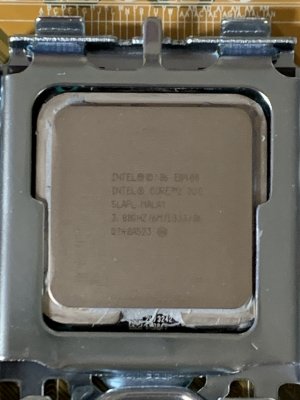A friend returned a machine I built for him about 10 years ago. It had been sitting for 5-6 years
The parts still run, I was thinking about moving them to a Lian Li 205 and having a Retro PC.
ASUS P5KPL-VM, Intel E8400, 2x2GB DDR2-800, NVidia 8800GTS 512MB
Is it worth it? Any guides on how to get Windows XP to install from USB and install all patches and drivers?
Should I go with Windows X64 instead?
Your thoughts, experience, advice greatly appreciated!
Thank you!
The parts still run, I was thinking about moving them to a Lian Li 205 and having a Retro PC.
ASUS P5KPL-VM, Intel E8400, 2x2GB DDR2-800, NVidia 8800GTS 512MB
Is it worth it? Any guides on how to get Windows XP to install from USB and install all patches and drivers?
Should I go with Windows X64 instead?
Your thoughts, experience, advice greatly appreciated!
Thank you!
![[H]ard|Forum](/styles/hardforum/xenforo/logo_dark.png)


